If you’re wondering whether all-mountain skis can handle park riding, the short answer is: yes, but they’re not ideal. All-mountain skis are built for versatility across different terrains, offering stability and edge grip. However, their stiffness and directional design make them less suited for tricks, spins, and switch riding in the park.
Park skis, on the other hand, are purpose-built for freestyle. They’re lighter, shorter, and feature twin tips for skiing backward and landing tricks smoothly. Their softer flex and centered bindings make them perfect for jumps, rails, and spins. But they sacrifice stability and speed outside the park.
For something different, Snowfeet Skiblades and Skiskates bring a more compact, playful option to the park. These mini skis are portable, easy to control, and great for quick turns and creative moves.
Quick Overview:
- All-Mountain Skis: Versatile but heavy and stiff for park tricks.
- Park Skis: Designed for freestyle, offering better agility and control.
- Snowfeet Products: Compact, lightweight, and fun for park riders of all levels.
If you're serious about park riding, park skis or Snowfeet gear will give you the edge you need. Let’s break it down further.
The FIVE 2023 Men’s Freestyle/Park Skis Curated Experts Love #Shorts | Curated

All-Mountain Skis vs Park Skis: What's the Difference?
Choosing the right skis can make or break your experience, especially if you're eyeing the terrain park. All-mountain and park skis are built with very different priorities, and understanding these differences is key to picking the right gear for your style.
What Are All-Mountain Skis?
All-mountain skis are like the Swiss Army knife of the ski world. They’re designed to handle a little bit of everything - groomed trails, icy patches, and even some light powder. If you’re the type to explore the whole mountain, these might be your go-to.
Here’s what sets them apart:
- Waist Width: Typically between 80-100mm, which balances stability on groomers with enough float for softer snow.
- Profile: Most have a rocker-camber-rocker design, giving you a mix of edge grip and maneuverability.
- Flex: These skis are stiffer, which means they’re stable and hold an edge well, even at higher speeds.
But here’s the catch: that stiffness can make them less forgiving in the park. Tricks like pressing rails or buttering through features can feel a little clunky on these skis.
What Are Park Skis?
Park skis are built for one thing: freestyle fun. Whether you’re hitting jumps, sliding rails, or spinning off kickers, these skis are all about creativity and playfulness.
Here’s what makes park skis stand out:
- Twin-Tip Design: Both ends curve upward, making it easy to ski backward (switch) and stick smooth landings.
- Lighter and Shorter: This makes them super nimble for spins and tight spaces.
- Soft Flex: A more forgiving flex helps absorb landings and makes tricks like butters and presses feel effortless.
- Park Rocker Profile: A mix of mellow camber and tip-and-tail rocker reduces edge catches and keeps spins smooth.
- Centered Bindings: Bindings are mounted closer to the ski’s center, giving you better balance for aerials and spins.
Every feature on a park ski is designed to make tricks easier and more fluid. However, they’re not as stable at high speeds or as versatile in mixed snow conditions.
Comparing All-Mountain and Park Skis
Here’s a quick breakdown of the key differences:
| Feature | All-Mountain Skis | Park Skis |
|---|---|---|
| Shape | Directional, asymmetrical | Symmetrical twin-tip |
| Length | Generally longer | Shorter for better maneuverability |
| Flex | Stiffer for stability | Softer for tricks |
| Waist Width | 80-100mm for versatility | Slimmer, optimized for park |
| Mounting | Bindings set forward of center | Center-mounted for balance |
| Profile | Rocker-camber-rocker | Park rocker with mellow camber |
Why It Matters
If you’re into freestyle skiing, all-mountain skis might feel too heavy and stiff for spins, slides, or switch riding. On the flip side, park skis shine in the terrain park thanks to their playful flex, twin-tip shape, and centered bindings. But keep in mind, they trade off some speed and versatility to focus on tricks.
So, whether you’re carving down groomers or perfecting your 360, picking the right skis can make all the difference in how you ride.
How Each Ski Type Performs in Terrain Parks
When it comes to tackling terrain parks, the differences between all-mountain skis and park skis really start to stand out. Let’s break it down.
All-Mountain Skis in Parks: Pros and Cons
All-mountain skis can handle basic park riding, but they’re not exactly built for advanced freestyle tricks.
What They’re Great At: All-mountain skis are your go-to for versatility. If you’re someone who likes to dabble in the park but also explore the rest of the mountain, these skis let you do it all without switching gear. They’re a solid choice for riders who want to experiment with park features while still keeping their options open for other terrains.
Where They Fall Short: Here’s the catch - these skis aren’t particularly nimble or quick, which can be a problem in tight park setups. Their directional design makes skiing backward (aka switch riding) feel awkward. Plus, they’re stiffer and heavier, which makes spins, flips, and other aerial tricks a lot harder to pull off. Advanced freestyle riders might find them limiting because they just don’t have the pop or agility needed for high-end park performance.
Park Skis for Freestyle: Key Benefits
Park skis are purpose-built for the terrain park. Every feature is designed to make tricks, spins, and jumps easier and more fun.
- Twin-Tip Design: These skis let you ski and land both forwards and backward (switch skiing) with ease. You can approach rails, jumps, and other features from any direction confidently.
- Lightweight Build: Because they’re lighter than all-mountain skis, park skis make aerial maneuvers like spins and flips feel effortless.
- Centered Bindings: With bindings mounted closer to the ski’s center, balance during spins and jumps is noticeably better. Spins feel smoother and more natural to initiate.
- Durability: Park skis are built tough. Reinforced edges and bases handle the constant impact of rails and boxes without falling apart. Even with aggressive park riding, they hold up.
- Softer Flex Pattern: A softer flex makes landings more forgiving and pressing on rails easier. Buttering (a type of trick) takes less effort, but these skis still provide enough support for bigger jumps.
Performance Comparison: All-Mountain vs Park Skis
Let’s put them side by side to see how they stack up in the park:
| Performance Factor | All-Mountain Skis | Park Skis |
|---|---|---|
| Switch Riding | Awkward and unnatural | Smooth and balanced |
| Aerial Maneuvers | Heavy; requires more power | Light and responsive |
| Rail Performance | Stiff; hard to press | Soft flex; easy pressing |
| Durability on Features | Edges wear quickly | Reinforced for impacts |
| Spin Initiation | Slower; more effort needed | Quick and effortless |
| Landing Absorption | Harsh on bigger drops | Forgiving and smooth |
One other thing to note: shorter skis, like many park skis, are easier to control. They respond quickly, forgive mistakes, and make executing tricks less of a workout.
For those craving freestyle performance that goes beyond traditional skis, there are even more exciting options to consider. While all-mountain skis can get beginners started in the park, dedicated park skis are the way to go for anyone serious about terrain park riding. Up next, we’ll dive into how Snowfeet* Skiblades and Skiskates offer a whole new way to enjoy the park.
sbb-itb-17ade95
Snowfeet* Skiblades and Skiskates: A Better Alternative
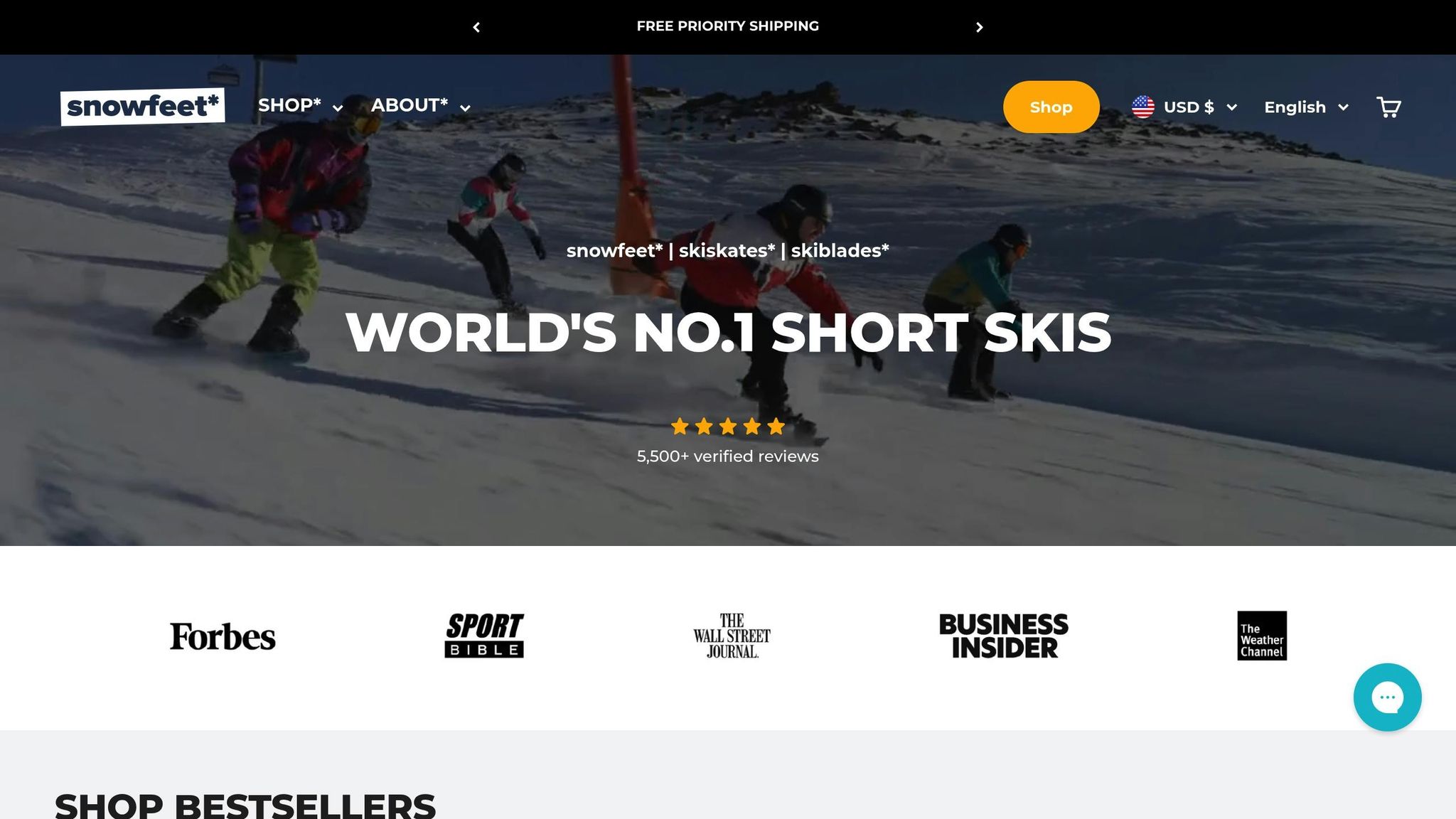
Snowfeet* brings a whole new level of fun and flexibility to the slopes by combining the best of skiing with a playful, compact design.
What Are Snowfeet* Skiblades and Skiskates?
Snowfeet* offers a range of compact snow gear, from the 38 cm Mini Ski Skates to Short Skis up to 120 cm. These products are all about versatility and fun, making them perfect for anyone looking to try something fresh on the snow.
The concept behind Snowfeet* is pretty clever. Skiskates are like a mash-up of skis and inline skates, giving you that smooth skating sensation - only on snow. Mini Ski Skates attach directly to your winter boots, while the Skiblades come with bindings for traditional ski boots.
These designs work for all skill levels, offering a unique way to enjoy the slopes. Whether you're a beginner or a seasoned rider, Snowfeet* delivers a playful experience that's hard to match.
Why Snowfeet* Shines in Terrain Parks
Snowfeet* really stands out when it comes to terrain parks. Their compact design and inline skating-inspired feel make them perfect for tackling rails, boxes, and jumps with ease.
Let’s talk about traditional park skis for a second. They’re usually 160–180 cm long and require bulky ski bags or roof racks for transport. In contrast, Snowfeet* products are super compact - just toss a pair of 38 cm Mini Ski Skates into your backpack, and you’re good to go. For travelers, this portability is a game-changer.
But it’s not just about convenience. Snowfeet* products are incredibly versatile. They’re not limited to parks and pipes; you can use them on hiking trails, in your backyard, or pretty much anywhere there’s snow. Longer skis just don’t offer that kind of adaptability.
When it comes to maneuverability, Snowfeet* takes the cake. Skiskates allow for quick, sharp turns on tight park features, while Skiblades are excellent for smooth, controlled turns. This lets you tailor your ride to your style, whether you prefer fast, snappy moves or a more flowing approach.
Snowfeet* vs Regular Skis: Complete Comparison
Here’s a quick breakdown of how Snowfeet* stacks up against traditional skis:
| Factor | Regular Park Skis | All-Mountain Skis | Snowfeet* Products |
|---|---|---|---|
| Length | 160–180 cm | 170–190 cm | 38–120 cm |
| Portability | Needs a ski bag or roof rack | Needs a ski bag or roof rack | Fits in a backpack |
| Boot Compatibility | Ski boots only | Ski boots only | Works with winter shoes, ski boots, and snowboard boots |
| Terrain Flexibility | Parks and groomed slopes | Varied mountain conditions | Parks, trails, backyards, and slopes |
| Price Range | $400–$800+ | $500–$1,000+ | $150–$690 |
For park riders, the agility and control of Snowfeet* gear are hard to beat. Whether you’re weaving through tight features or making quick direction changes, the compact design offers a level of precision that traditional skis often can’t match.
Which Equipment Should You Choose?
When it comes to park riding, the gear you choose should match your style, skill level, and the type of terrain you plan to tackle. Let’s break down the options and see why Snowfeet* might just be the ultimate choice.
When to Choose Park Skis
Park skis are your go-to if freestyle tricks are your main focus. With twin tips, reinforced edges, and a soft flex, they’re designed to shine on rails, boxes, and jumps. But keep in mind, their longer length can make them less portable.
When All-Mountain Skis Make Sense
If you’re looking for a single setup that handles a variety of conditions, all-mountain skis are a solid pick. They perform well on groomed runs and even in powder. However, they lack the specialized features - like the flex and twin-tip design - that make park tricks easier. For riders who want more versatility and portability, though, there’s a better option.
Why Snowfeet* Works Best for Most Riders
For those who crave agility, ease of transport, and all-around fun, Snowfeet* products are hard to beat. With a 4.9/5 rating from over 5,500 users, these compact skis offer a fresh approach to park riding. Prices range from $150 for 38 cm Mini Ski Skates to $690 for 120 cm Short Skis, catering to a range of budgets and preferences.
"These skiblades are so much fun and easy to control. Never going back to regular skis."
– Andrew B.
One of the biggest perks? Portability. Unlike traditional skis that require roof racks or bulky cases, Snowfeet* products fit right into a backpack. This makes traveling with them a breeze, whether you’re heading to the slopes or just storing them away.
Their shorter length also translates to greater responsiveness and easier control, making them less physically demanding than longer skis. You can choose from options like the 44 cm Skiskates for a skating-like experience or the 65 cm Skiblades for more maneuverability. Either way, they’re built for quick, sharp movements and slick park tricks.
Another standout feature is their versatility. While traditional skis are mostly limited to groomed slopes, Snowfeet* products thrive on a variety of terrains. Whether you’re hitting the slopes, exploring hiking trails, or even messing around in your backyard, they’ve got you covered. Plus, many models work with regular winter boots, so you can skip the hassle (and cost) of renting ski boots.
"Absolute game-changer! They're light, fast, and incredibly fun to ride."
– Nathan F.
For beginners, Snowfeet* offers a smooth learning curve, while experienced riders will appreciate the freedom to try tricks that just aren’t possible with regular skis. And if you take a tumble? It’s generally less risky compared to traditional skis or snowboards.
With their affordable price, unmatched portability, multi-terrain capability, and sheer fun factor, Snowfeet* products are a fantastic choice for park riders. Their compact design makes them perfect for anyone looking to master agility and control while keeping things light and easy.
Conclusion: The Best Equipment for Park Adventures
When it comes to park riding, it’s all about having gear that’s portable, playful, and, above all, fun. While traditional park skis are great for pulling off freestyle tricks and all-mountain skis shine with their versatility, Snowfeet* products bring something entirely different to the table. They’re flipping the script on winter sports and reshaping what park adventures can look like.
Freestyle and park skiing are pushing ski design in exciting new directions, creating more choices for riders who love tricks, jumps, and creative riding styles. This shift has put products like Snowfeet* Skiblades and Skiskates in the spotlight. The growing popularity of freestyle terrain parks has helped skiing make a huge comeback, becoming one of the fastest-growing snow sports, and Snowfeet* has been a key player in this evolution. With their compact and versatile design, they’re redefining what’s possible in park performance.
After comparing the options, it’s clear that while every type of gear has its strengths, Snowfeet* products stand out for park adventures. Their compact sizes - ranging from 38 cm Mini Ski Skates to 120 cm Short Skis - offer unmatched control and agility that traditional skis just can’t deliver.
What makes Snowfeet* even better is their ability to reimagine winter sports. Their compact design pairs with regular winter boots, cutting out the need for expensive rentals. Whether you’re carving on groomed slopes, exploring hiking trails, or even messing around in your backyard, they’re up for it. Plus, they make learning less intimidating and falling less scary, making park riding more accessible to everyone.
FAQs
Can I use all-mountain skis for tricks in terrain parks, or should I get park-specific skis?
All-mountain skis can handle a bit of park action, but they’re not exactly built for pulling off tricks. Park skis, on the other hand, are made specifically for freestyle fun. They come with a twin-tip shape, a softer flex, and a lighter build - all of which make them ideal for spins, jumps, and landing smoothly in the terrain park. All-mountain skis, while super versatile for different conditions, are wider and longer, focusing more on stability than quick, agile movements. That’s why they can feel a bit clunky when it comes to park tricks.
If you’re after something fun, compact, and a little different, check out Snowfeet* Skiblades or Skiskates. These mini skis (available in 65 cm or 99 cm lengths) are all about playfulness and control, especially for freestyle lovers. They’re lightweight, easy to carry, and perfect for pulling off tricks in the park. Plus, their unique design gives you a fresh take on freestyle skiing compared to traditional gear.
Are all-mountain skis good for terrain parks, or should I use Snowfeet Skiblades instead?
All-mountain skis can handle a bit of park action, but let’s be honest - they’re not built for the quick spins, sharp turns, or precision tricks that terrain parks demand. That’s where Snowfeet Skiblades shine. These compact, lightweight bad boys are a dream for freestyle fans. Unlike traditional skis, which can be bulky and a pain to lug around, Skiblades are super portable and easy to control.
With Snowfeet Skiblades, you’ll feel the difference in every move. Tighter turns? Check. Smoother jumps? Absolutely. Effortless handling? You got it. Plus, they’re small enough to toss in your backpack, so no more wrestling with oversized ski gear. If you’re after something fun, easy to carry, and perfect for nailing those park tricks, Snowfeet Skiblades are calling your name!
Are Snowfeet Skiblades and Skiskates good for beginners learning freestyle tricks in terrain parks?
Snowfeet Skiblades and Skiskates are a fantastic option for beginners dipping their toes into freestyle skiing at terrain parks. With their compact design - like the 44 cm Skiskates or 65 cm Skiblades - they’re super easy to control and incredibly nimble, giving newcomers a confidence boost as they tackle tricks and jumps.
Compared to traditional skis or snowboards, which can feel bulky and unwieldy, Snowfeet gear is lightweight and playful. This makes them a great pick for anyone eager to build skills without the hassle of heavy equipment. Plus, their portability means you can focus on having fun instead of wrestling with oversized gear.














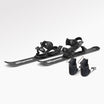






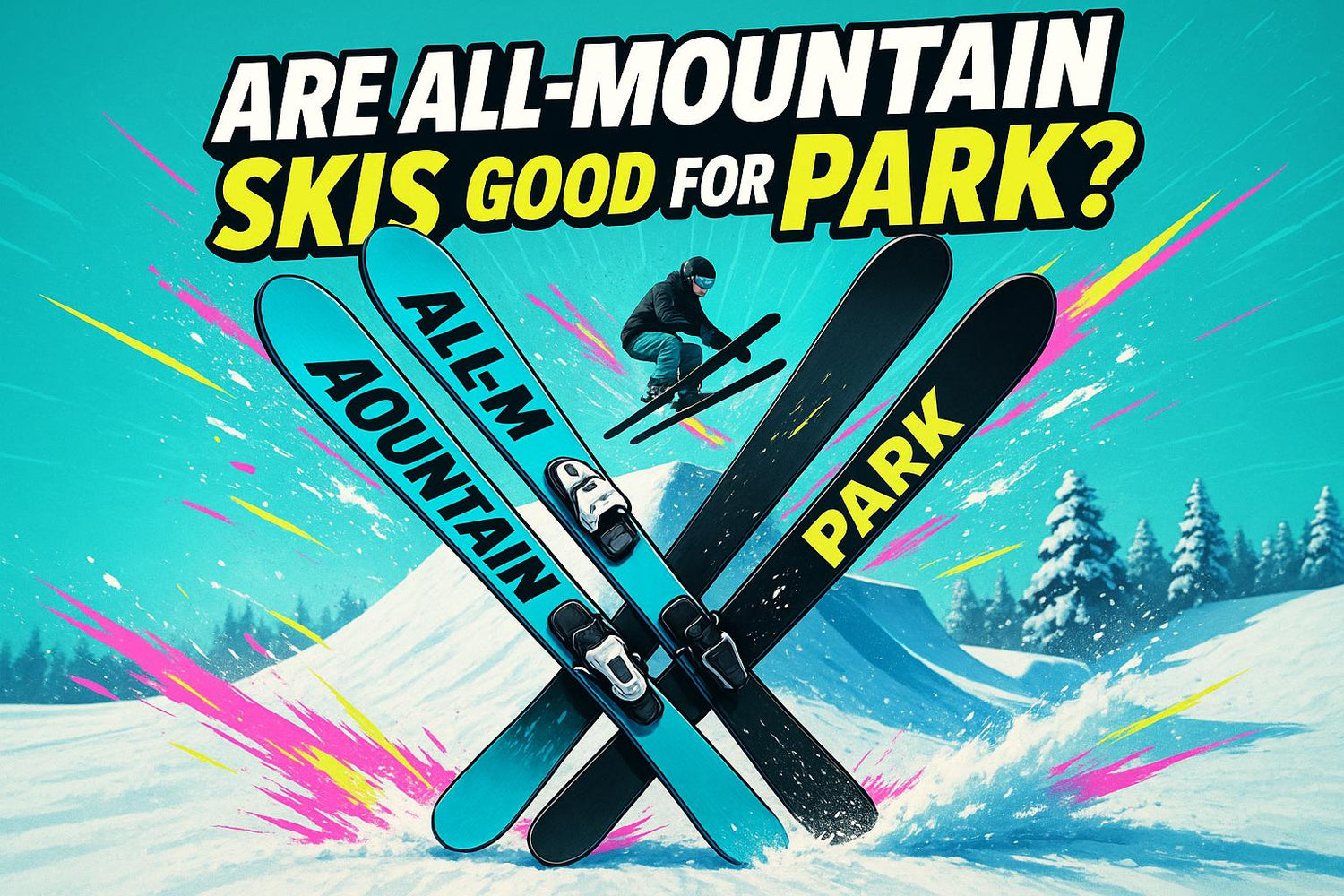
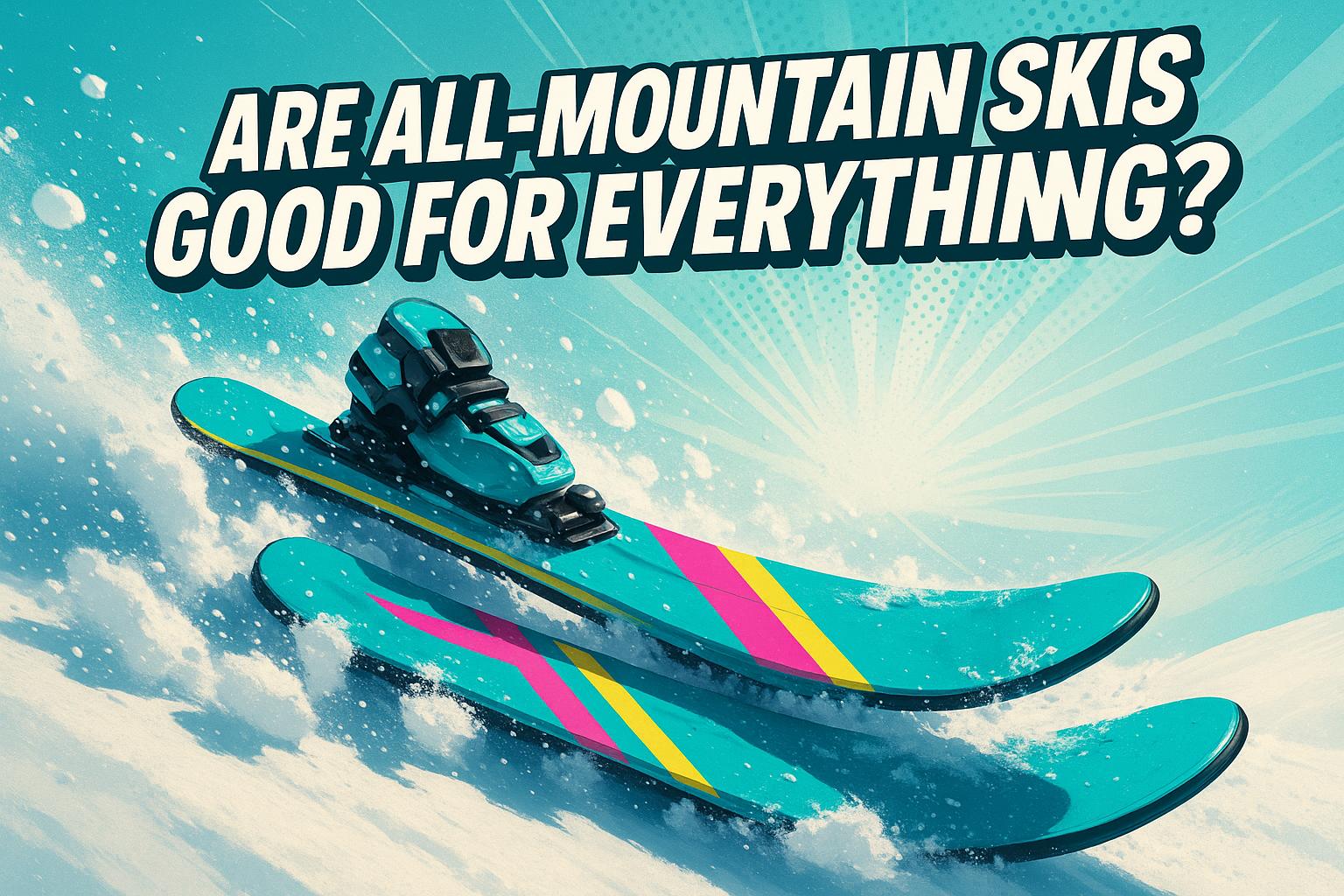
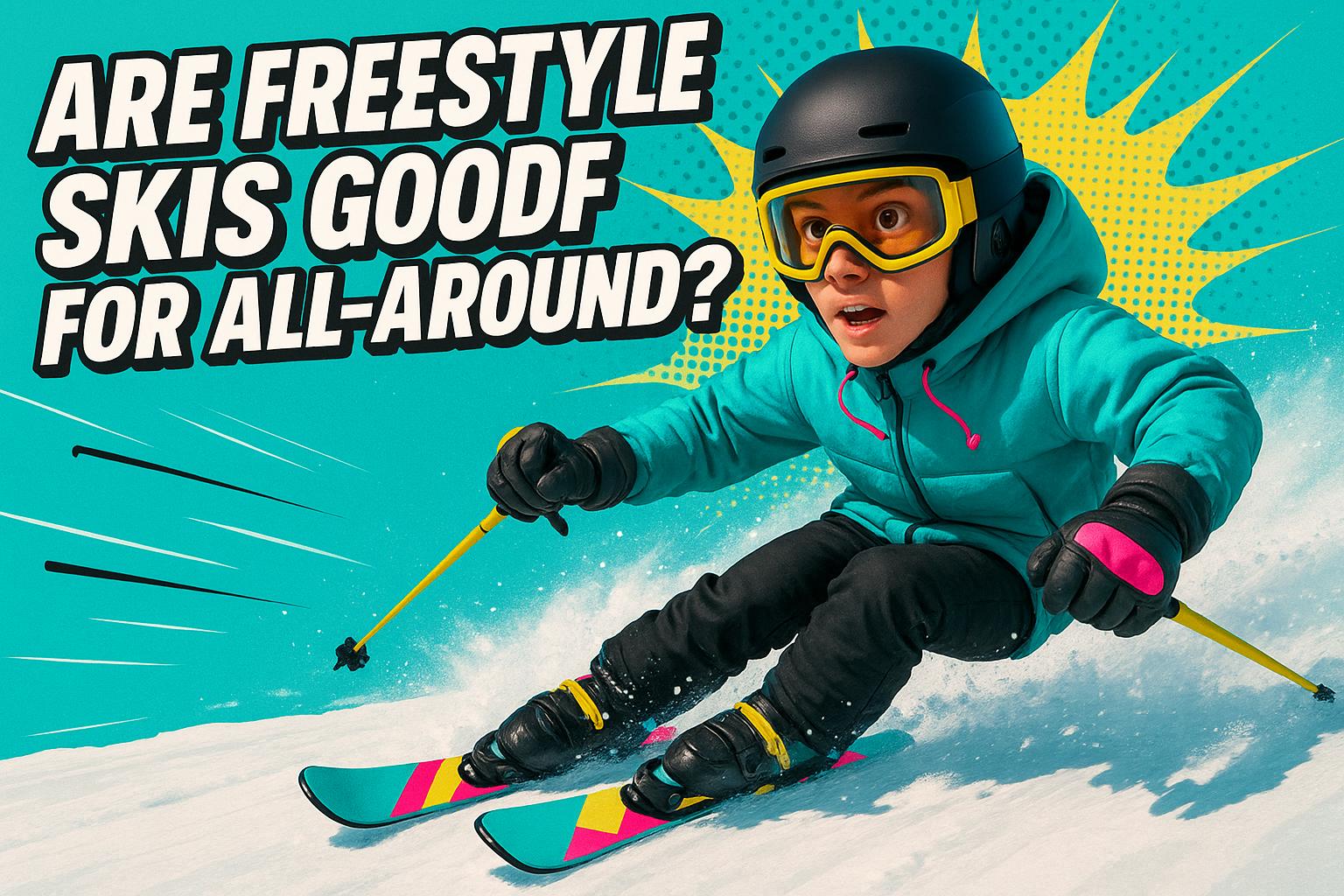










Leave a comment
This site is protected by hCaptcha and the hCaptcha Privacy Policy and Terms of Service apply.